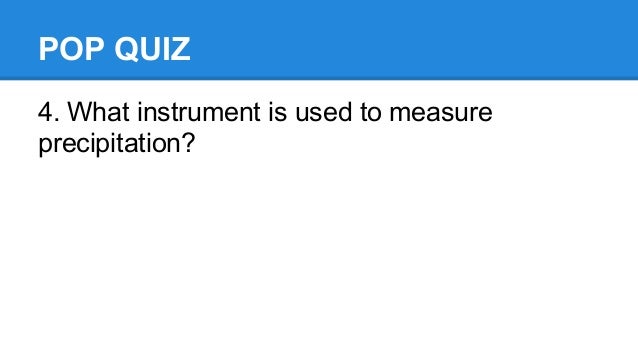


Now you’ll have more information to act on. The WEA system has also been enhanced with the following new features*:Īlerts will soon expand from 90 to up to 360 characters. So: Starting February 19, if you receive a flash flood Wireless Emergency Alert, heed the warning and take swift action. Changes like this are part of a larger reformatting and simplification process ongoing at the National Weather Service.
#SEVERE WEATHER POP UP STOP ANDROID TV#
What’s newįlash flood warnings now have damage threat tags, so WEAs will be issued for only the most life-threatening flood events - with a damage threat tag of “considerable” or “catastrophic.” This change will significantly reduce the number of WEAs for flash flooding.Īll flash flood warnings will still be issued and distributed via NOAA Weather Radio, the Emergency Alert System, radio and TV broadcasts, online at and through dissemination systems to our emergency managers and partners.

Frequent complaints - largely about flash flood warning alerts - led NOAA’s National Weather Service to change the criteria that trigger a WEA warning about an imminent flash flood. WEAs have also been a frustration to many who have been awakened in the middle of the night. These jolting alarms coupled with vibration and text-like messages are Wireless Emergency Alerts (WEAs) - and they’re saving lives. You’ve probably had it happen before: Three loud beeps followed by a long, high-pitched sound delivered to your mobile phone to alert you to severe weather or another emergency near you.


 0 kommentar(er)
0 kommentar(er)
